Not formountains a bright and very joyful holiday - Easter. By this day, it is customary to paint and paint eggs and, of course, to bake Easter cakes. These large sweet rolls, covered with delicious glaze, can not be confused with anything. If you want to avoid grief and get really excellent pastries, use the classic recipe for Easter cakes.
However, even the classics have their own variations, so that you can choose the most convenient option for you.
An old "grandmother's" recipe
The most delicious Easter kulichiki are those that we ate from our grandmothers as a child. You can easily recall the memories of childhood and cook exactly the same baked goods for your children, if you use the "grandmother's" recipe, which is described below.
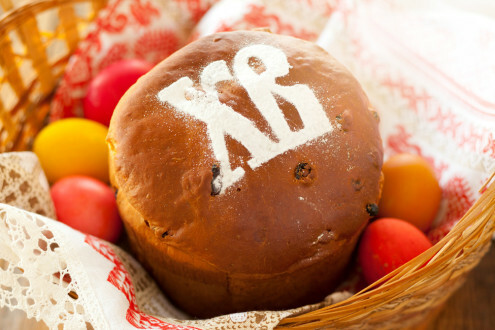
Before starting preparation, take the following ingredients:
- chicken eggs - 4 pieces;
- butter - 200 g;
- milk - 600 ml;
- sugar - 400 g;
- flour - 1,5 kg;
- fresh yeast - 100 g;
- salt - 1 teaspoon;
- any fillers for your taste( raisins, dried apricots, candied fruits, grated chocolate and so on).
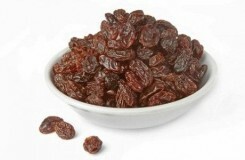
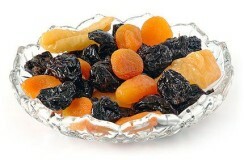
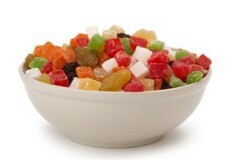
The special feature of this recipe is fresh yeast, as previously only such yeast was used. However, if you can not find raw yeast or are not used to using them, you can replace them with 30 grams of dry yeast. In this case, you need to use active, and not fast-acting dry yeast, which significantly changes the preparation procedure. When all products are prepared, you need to tune in to a positive mood and proceed.
- From the total amount of milk, separate one glass, heat it, dissolve in it 3 tablespoons of sugar, and then dilute the yeast. This mixture should be left alone until a characteristic yeast "cap" appears.
- At this time, drown the butter and give it a little time to cool down. Then it, the remaining milk, sugar, eggs and salt must be carefully inserted into the approaching yeast mass. All products should be thoroughly mixed until uniform.
- Now you can start to enter flour. Separate from the total amount of flour 1300 g and start to mix them into the dough in small portions.
- After this, the
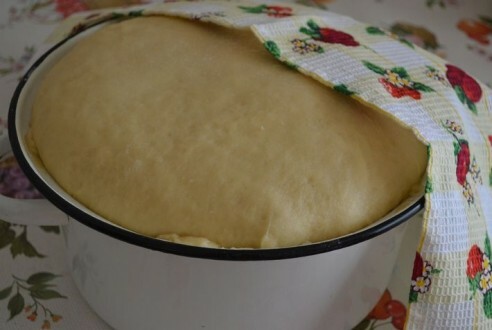 from the test needs to form a balloon, cover it with a towel( or ordinary food film), put it in a warm place and wait for it to double in size.
from the test needs to form a balloon, cover it with a towel( or ordinary food film), put it in a warm place and wait for it to double in size. - When the dough is suitable, it should be laid out on the table, on which the remaining flour was previously poured. Then the dough should be crumpled and add to it raisins or other dried fruits.
- It remains only to divide the dough by the number of forms. Do not forget that it should only take a little more than half the form.
- When the dough is a bit suitable in forms, it should be greased with a yolk and sent to a hot oven( heated to 190 degrees).
It's hard to say for sure how long the cakes will be baked, because everything depends, first, on their size, and secondly on your oven. On average, large cakes are baked for about 1 hour and 20 minutes. Their readiness you can always check with a wooden stick. If you are afraid that the cakes will burn, put a container of water on the bottom of the oven. So the bottoms of cakes will not burn.
Easter cake on fresh yeast - video
Kulichi on dry yeast
The modern rhythm of life affects everything, including the classic recipes of long familiar dishes. Even traditional cakes can be cooked on dry yeast, and for many it is much more convenient.
- Butter - 200 g.
- Dry yeast - 15 g.
- Sugar - 1 glass.
- Chicken eggs - 2-3 pcs.
- Flour - 1 kg.
- Milk - 300 ml.
- Raisins - 2 cups.
- Salt is a small pinch.
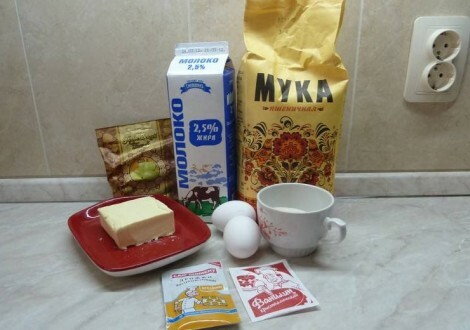
To make kulichiki according to this recipe turned out excellent, it is recommended to use fatty oil( 82%).Instead of raisins, you can use any other dried fruit or do not put any additives in the baking. In addition, you can add a little vanillin or vanilla sugar in the dough to make your baking even more flavorful.
- You need to start with the preparation of raisins, if you plan to use it. To do this, raisins should be poured on boiled water for 20 minutes, and then drain the water and dry it.
- The third part of the milk needs to be heated and diluted in it with dry yeast. At this time, you should melt the butter on a water bath or in a microwave oven.
- In a large bowl, combine sifted flour with sugar, salt and remaining milk. All these ingredients should be thoroughly mixed, and then pour a yeast mixture to them. Next, the dough should be mixed again and left to "rest" for 1-1.5 hours in a warm place without drafts( do not forget to cover it).
- While the dough of
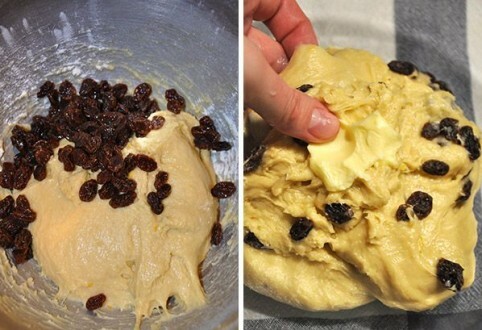 is suitable, the yolks need to be separated from the proteins. Yolks and raisins should be introduced into the dough, and whites should be whipped and then added to the dough in small portions. Now the dough needs to be covered again and left for another 40 minutes.
is suitable, the yolks need to be separated from the proteins. Yolks and raisins should be introduced into the dough, and whites should be whipped and then added to the dough in small portions. Now the dough needs to be covered again and left for another 40 minutes. - You do not need to prepare the forms before, just lay them with parchment paper. The dough should be poured into molds, not reaching the edges by about 10-12 cm. In forms it should stand for another half hour.
- Place the workpieces in a preheated oven up to 180 degrees. Cakes on this recipe are baked for about 1 hour and 20 minutes.
From this number of ingredients you will get about four medium cakes. After they cool down, you can decorate them at will.
Easter cake in a multi-bow
The recipe for an Easter cake classic can be adapted even to a multivarquet, because this modern kitchen device has long become an integral attribute of the cuisines of many housewives. Cakes, cooked in a multivark, will not be inferior to their "colleagues" from the oven, but the trouble with them is much less. So, if you are the lucky owner of this unit, feel free to use it in preparation for Easter.
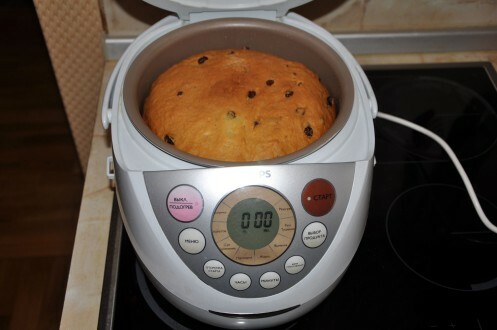
- Dry yeast - 15 g.
- Flour - a pound( or slightly less, depending on how much the dough will take).
- Milk - 100 ml.
- Sugar - about 150 g.
- Eggs - 3 pcs.
- Butter - 100 g.
- Vegetable oil - 3 tbsp.spoons.
- Salt - half a teaspoon.
- Vanilla - 1 teaspoon.
- Raisins( optional) - 100 g.
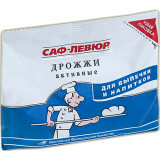
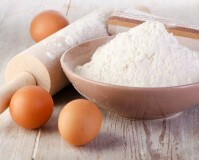
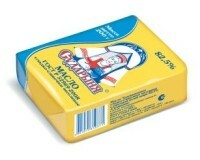
Ingredients processing for this recipe will take no more than 20 minutes, but do not forget that it takes several hours for the test to rise, so always start cooking the cakes in advance.
- Milk should be slightly heated and diluted with yeast. In this mixture, you need to add a pinch of sugar, taken from the total, and 2 tablespoons of flour. All ingredients should be mixed well and left for 15 minutes. During this time, foam will appear on the mixture.
- Proteins should be separated from the yolks and beat with salt and half of sugar until lush foam. Yolks should be rubbed with the second half of sugar to white color. First, the spoon should be mixed with the yolks, and only after that, carefully enter the proteins and add vanillin.
- In the workpiece
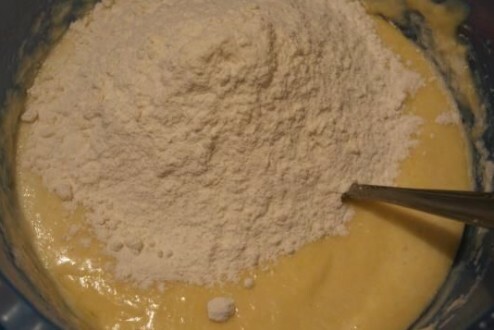 , flour should be added in small portions. The result should be a soft and elastic dough. If it clings to your hands, vegetable oil is used( the dough will need to be smeared with it).
, flour should be added in small portions. The result should be a soft and elastic dough. If it clings to your hands, vegetable oil is used( the dough will need to be smeared with it). - The dough should be laid on the work surface and added to it melted and cooled butter. Next, it should be very well kneaded. To make the cakes tasty, knead the dough for at least 10 minutes. We leave the kneaded dough in the heat for two hours, so that it will increase in volume.
- After two hours, the dough should be kneaded and add raisins boiled with boiling water to it.
- The bowl of the multivark must be oiled beforehand. The dough should not take more than a third of the bowl.
- First you need to turn on the heating mode for 20 minutes. Then do not open the lid, the test should stand for another 40 minutes in peace.
- After this time, you can already bake Easter cake. To do this, the multivark needs to be put in baking mode for 60 minutes. Then you should check the availability of cakes and bake them the right amount of time( about 40 more minutes).
Delicious Easter cake in a multivark - video
Rules for choosing products for delicious cakes
To make Easter cakes really delicious, you need not just follow all the recipe items, but also carefully approach the selection of products. Each ingredient plays an important role.
- Flour for Easter cakes must be dry. Sift it through a sieve at least twice before cooking, this will make your cakes as high and lush as possible.
- If you use "live" yeast, they must necessarily be fresh. The old yeast, as well as those that are already lying in the refrigerator, dried up and become worn, do not fit.
- Choose sugar carefully. It should be shallow and with a minimum of foreign impurities.
-
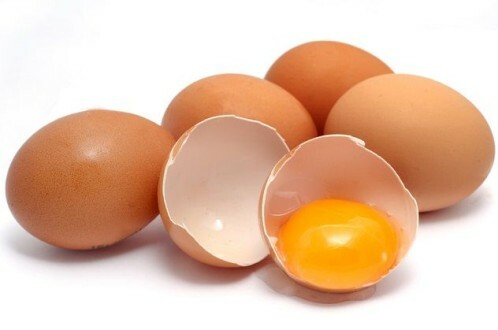 oil, milk, eggs - all these products must be fresh and quality. Kulichi - it's not pancakes, which you can put already sour milk.
oil, milk, eggs - all these products must be fresh and quality. Kulichi - it's not pancakes, which you can put already sour milk. - It is believed that in the traditional cake must be any additives. It can be raisins, dried apricots, prunes or other dried fruits. Someone likes to put into the dough nuts( almonds, walnuts, peanuts and so on), and someone prefers even pieces of chocolate.
- You can use saffron if you want your cakes to have a characteristic yellowish color. However, if you use eggs with bright orange yolks, you can do without saffron.
- If you decide to use vanilla or vanilla sugar, do not overdo it with this ingredient. The fact is that excess vanillin can give an unpleasant bitterness, from which you can not get rid of anything.
Tips for cooking Easter buns
Before you start cooking Easter cakes, you just have to read some of the nuances. All these small and insignificant at first glance strokes play an important role for a good result, so do not neglect them.
- It is very important to find the right consistency of the test. It should not be too liquid, as the cakes do not rise, but thick dough is the reason that the cakes will be hard and will literally harden for the day.
- Do not spare the time for blending. This is the kind of test that "loves the hands."
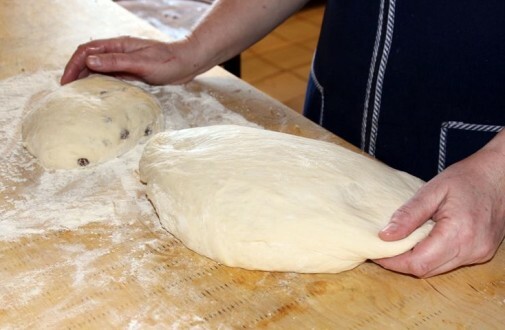
- Dough is very afraid of drafts and likes warmth. Cover the door in the kitchen and close all the windows, make sure that the temperature in the kitchen is about 25 degrees.
- So that the cake does not stick to the mold, it should be oiled and sprinkled with breadcrumbs. The easiest way is to bake a cake in split forms. In this case, put an oily piece of parchment paper on the bottom.
- If you see that the cake is still damp, but on top already starts to burn, cover it with a sheet of parchment or ordinary dry paper.
- It is easiest to take out cakes from the forms warm, but not hot.
However, the main secret is to cook Easter cakes with love and in a good mood. It is this kind of mood that will help you to make such baking that will please all your relatives and friends.
Video on the subject:
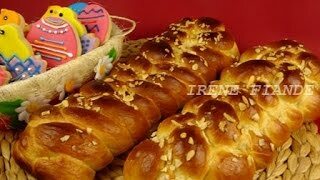 8:23
8:23 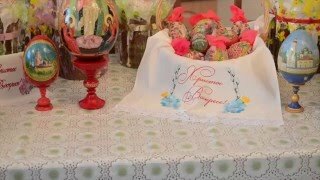 2:05
2:05 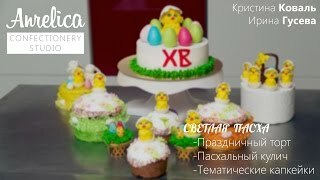 10:25
10:25 